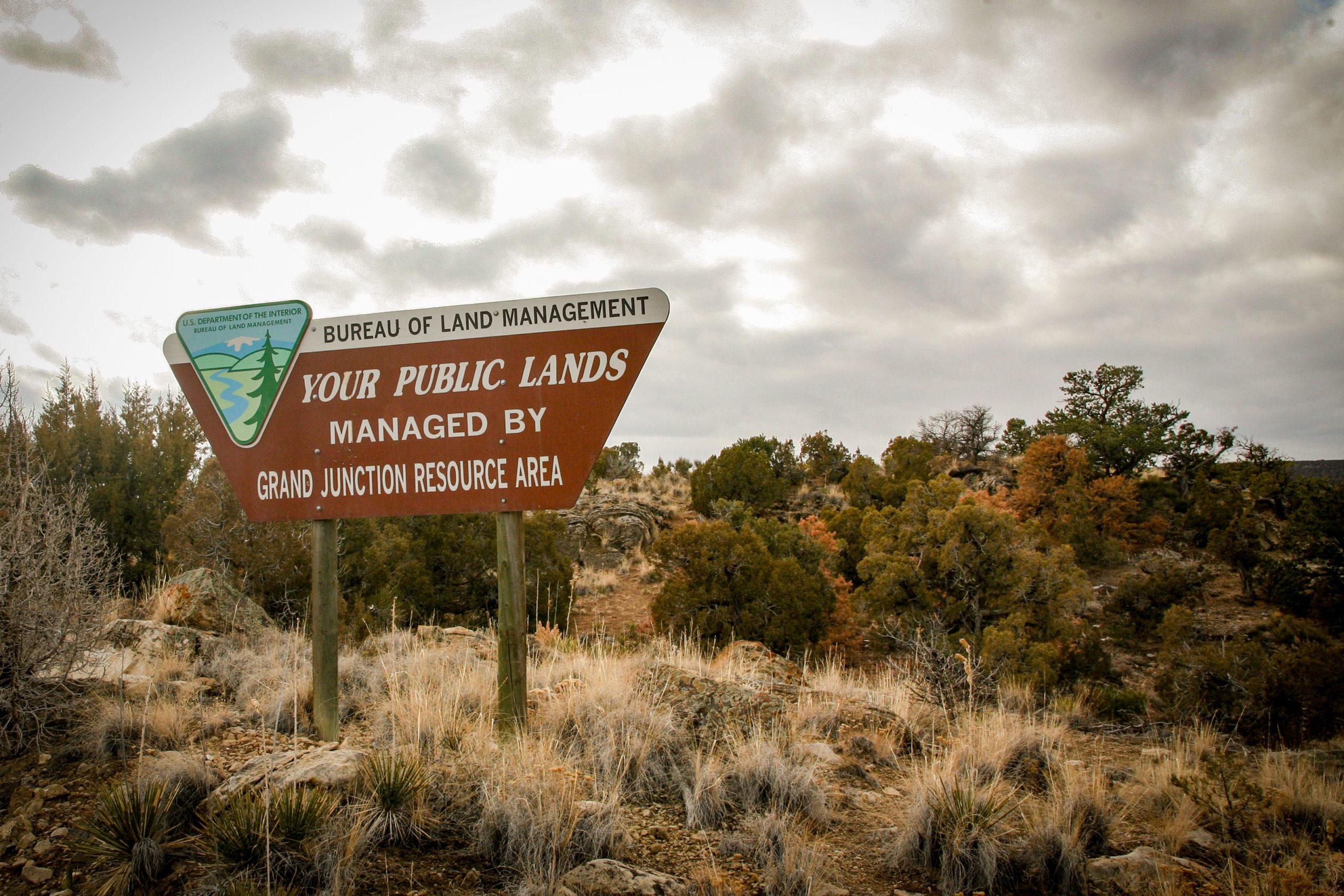
If the goal behind the Bureau of Land Management's move out west is about reform, a congressional watchdog agency says the Department of the Interior has not used best practices to make it happen.
In a report released Friday assessing the move, the Government Accountability Office found that details supporting the reorganization and the move were lacking.
“BLM established broad goals for the reorganization and considered some of the costs and benefits of relocation, but the agency did not establish performance measures, and its analysis of costs and benefits did not include key information,” the report states.
For example: The cost-benefit analysis that looked at the savings five-years and 20-years out between the agency staying in Washington, D.C., or moving to a new location our West did not factor in other costs, like travel to these different locations or the effect on productivity.
And the report found that on the whole only executive leaders were consulted and engaged with as the Bureau brainstormed the reorganization.
The report also finds a small percentage of people chose to stay than the two-thirds retention numbers the BLM had put out. According to the report, 311 positions are moving out west. Of those, 132 were already vacant at the time the reorganization was announced. Of the remaining 179 staff jobs, 90 accepted their reassignments, 81 declined and 8 fell into other categories. The report also dinged the department for not outlining a recruitment strategy.
House Natural Resources Committee Chairman, Democratic Rep. Raul Grijalva asked the GAO to conduct the assessment.
“This administration has created an intentionally abusive and cruel relationship between the federal government and its employees,” he said in a statement. “Anyone who wants our land management agencies to be functional in the future needs to recognize the seriousness of what Secretary Bernhardt, Acting Director Pendley, and their subordinates are doing. BLM has already lost dozens of key employees and the administration, like an incompetent con man, is desperately spinning it as a great opportunity to find new people.”
The report reaffirms the concerns of conservation groups about the BLM's move. Both The Wilderness Society and the Center for Western Priorities issues statements.
“The GAO report is more proof that Secretary Bernhardt’s only goal was an exodus of civil servants who he thinks stand in the way of doing favors for his former corporate clients," CWP executive director Jennifer Rokala said in a statement.
“This report confirms that by rushing through the process of moving hundreds of BLM employees, the agency failed to follow basic practices and now finds itself trying to fix problems that shouldn’t need fixing. The agency is wasting time and money by not giving careful consideration to issues up front," Wilderness Society conservation director Phil Hanceford said in a statement.
Both the Department of the Interior and the BLM disagreed with the report’s assessment. They argue that employees were consulted and that despite calling it a reorganization in the past, it was not really a reorganization, but a relocation.
“The report did thoroughly refute Chairman Grijalva’s assertion that this effort was 'hastily planned,’” a BLM spokesperson said in a statement. “The report recognizes that the BLM established goals and outcomes for the initiative, used data and evidence to inform its decision-making, took steps to manage and monitor the relocation process, and adopted measures to ensure strategic workforce management.”
One recurring thread throughout the report was the lack of details and data from the department and BLM. The report had four recommendations for the agency, but also acknowledged that the reorganization is already underway so opportunities to improve BLM efforts “is limited.”









